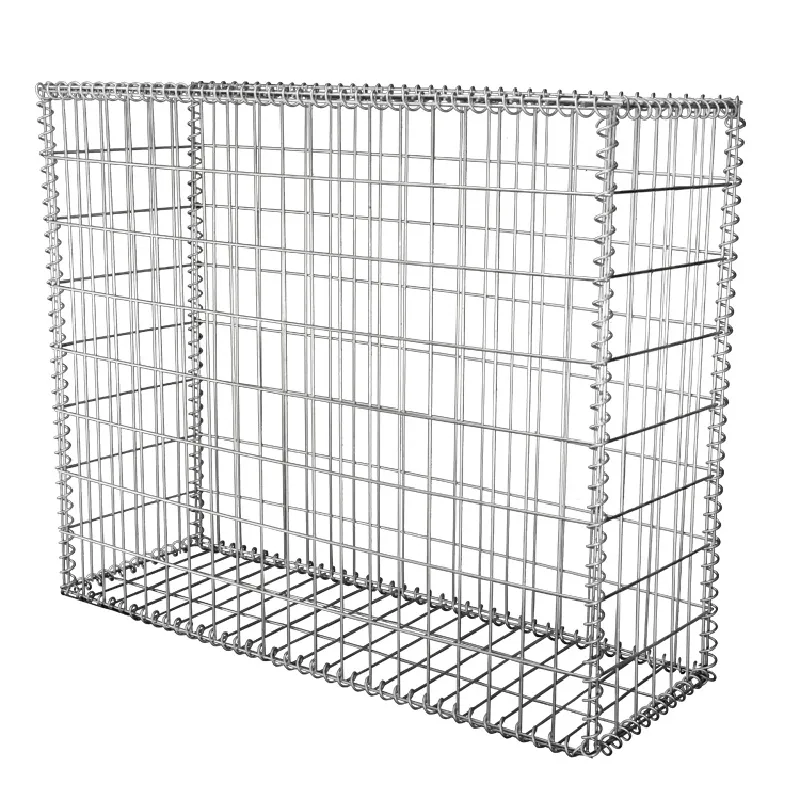
- Afrikaans
- Albanian
- Arabic
- Armenian
- Azerbaijani
- Basque
- Belarusian
- Bengali
- Bosnian
- Bulgarian
- Croatian
- Czech
- Danish
- Dutch
- English
- Esperanto
- Estonian
- Finnish
- French
- Galician
- Georgian
- German
- Greek
- hawaiian
- Hindi
- Hungarian
- Indonesian
- irish
- Italian
- Lao
- Latvian
- Lithuanian
- Luxembourgish
- Macedonian
- Maltese
- Myanmar
- Norwegian
- Polish
- Portuguese
- Romanian
- Russian
- Serbian
- Slovak
- Somali
- Spanish
- Swedish
- Thai
- Turkish
- Turkmen
- Vietnamese
dec . 17, 2024 10:02 Back to list
Guidelines for Properly Installing Barbed Wire Fencing to Enhance Security and Safety
Installing Barbed Wire A Comprehensive Guide
Barbed wire is an essential fencing solution widely used for securing properties, farmland, and perimeters for various facilities. Its sharp edges serve not only as a deterrent to intruders but also play a crucial role in keeping livestock contained. Installing barbed wire might seem like a straightforward task, but it requires careful planning and execution. This article will guide you through the process of installing barbed wire effectively and safely.
Understanding Barbed Wire
Before diving into the installation process, it's important to understand what barbed wire is and its components. Barbed wire typically consists of two twisted strands of wire with sharp barbs protruding at regular intervals. The wire is available in various thicknesses and materials, including galvanized and stainless steel, which offer durability against weather conditions and rust.
Tools and Materials Required
To start, gather the necessary materials and tools 1. Barbed Wire Depending on the area you need to cover, calculate the amount you'll need. 2. Fence Posts Wooden or metal posts that will support the barbed wire. 3. Post Hole Digger or Auger For creating holes for the fence posts. 4. Tension Wire Tool This tool helps to tighten the wire once installed. 5. Wire Cutters For cutting the barbed wire to the desired length. 6. Gloves Protective gloves are essential to avoid cuts from the sharp barbs. 7. Tape Measure To ensure accurate distances between posts. 8. Hammer or Mallet For driving the posts into the ground.
Planning Your Fence
1. Determine the Area Measure the perimeter where you intend to install the fence. This will aid in calculating how many posts and how much barbed wire you will need.
2. Post Spacing Generally, fence posts should be spaced 8 to 12 feet apart. For more stability, particularly in high-wind areas, opt for closer spacing.
3. Local Regulations Before starting, check with your local authorities regarding fencing regulations and required permits. Some areas have restrictions on the height or type of fencing allowed.
Installing the Fence Posts
1. Digging Holes Use the post hole digger to create holes where you will place your fence posts. Generally, a depth of about one-third the height of the post is recommended for stability.
installing barbed wire

2. Setting the Posts Place the posts in the holes and ensure they are level. Fill around the posts with gravel or concrete to secure them in place. Allow concrete to cure if used.
Attaching the Barbed Wire
1. Starting at a Corner Post Begin your installation at one corner post. Use the tension wire tool to pull the barbed wire tight.
2. Threading the Wire Start wrapping the barbed wire around the post, ensuring that the barbs face outward. This adds an extra layer of security and prevents any potential injury to animals or people inside the fence.
3. Climbing the Posts For a standard installation, three strands of barbed wire is common – the first at about 6 inches from the ground, the second at 30 inches, and the third at about 54 inches high. However, the specific height can be adjusted based on your security needs.
Final Touches
- Tightening the Wire Once you reach the end post, use the tension wire tool to ensure the wire is taut. A well-tightened barbed wire ensures better durability and effectiveness.
- Secure Loose Ends Cut the wire to prevent any loose ends from creating hazards and secure them with wire clamps.
Safety Considerations
Always wear gloves and protective clothing during installation to minimize injuries. Be cautious of electrical utilities, especially when digging holes for posts.
Conclusion
Installing barbed wire can be an effective way to ensure safety and security for your property. With the right tools, planning, and adherence to local regulations, you can create a sturdy and reliable fence that not only protects but also enhances your property. Whether you are fencing in livestock or securing your home, barbed wire remains a tried-and-true method that stands the test of time.
-
Your Ultimate Solution for Australian Temporary Fencing
NewsMay.14,2025
-
The Ultimate Guide to Crowd Control Barriers: Secure Your Events with Ease
NewsMay.14,2025
-
Secure Your Livestock with High-Quality Livestock Fence Panels
NewsMay.14,2025
-
Enhance Your Livestock Management with Top-Quality Cattle Fences
NewsMay.14,2025
-
Enhance Security and Safety with Temporary Fencing Solutions
NewsMay.14,2025
-
Corral Gates
NewsMay.14,2025









